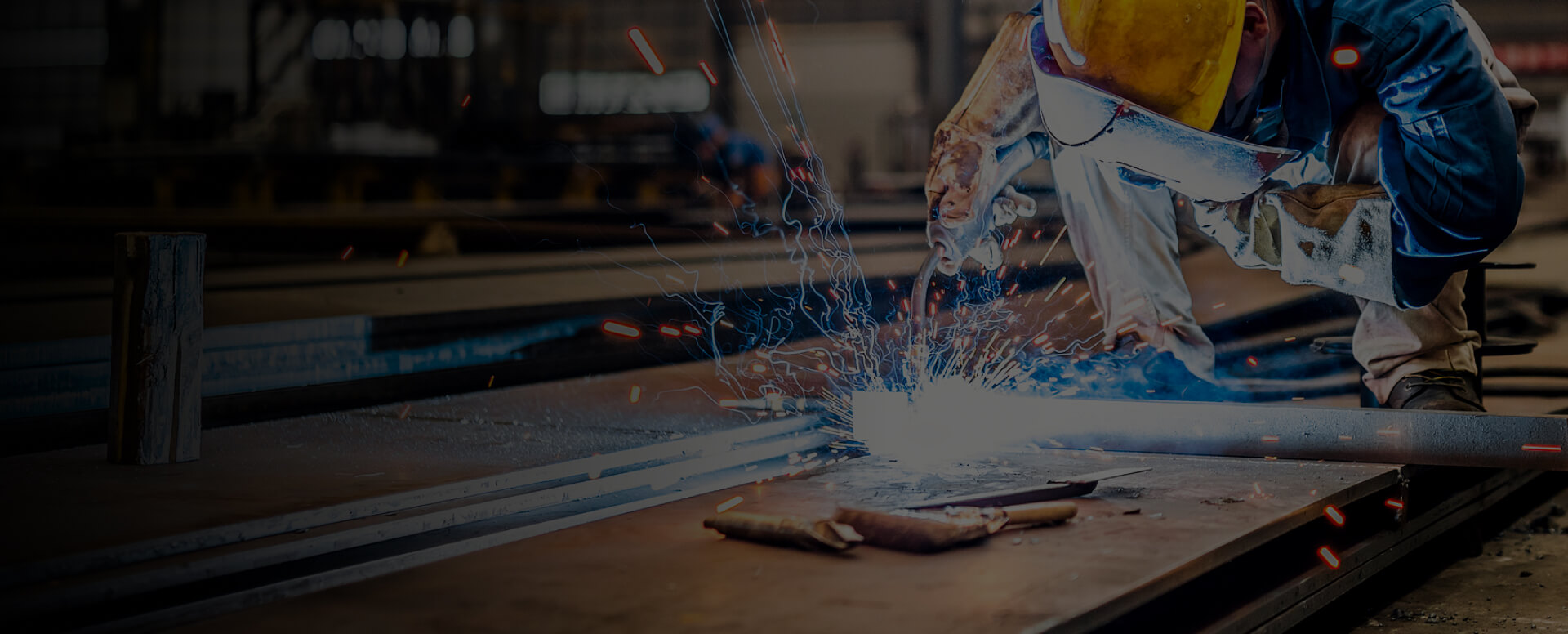
Resulting Complications: Poor Coalescence: The oxide layer hinders the proper bonding of base and filler metals, potentially causing lack of fusion defects. Embedded Inclusions: Oxide particles can be entrapped within the weld metal, creating inclusions that compromise the weld's structural integrity. Effective Solutions: Meticulous Preparation: Employ dedicated stainless steel brushing followed by chemical cleaning to remove all surface contaminants immediately before welding. AC TIG Welding Advantage: Utilize the cathodic cleaning effect inherent in the Electrode Positive (EP) cycle of AC TIG welding. This effectively scours the oxide layer away, visible as a distinct frosty area around the weld.
Resulting Complications: High Power Demand: Initiating and sustaining a stable weld pool necessitates welding equipment capable of higher energy output compared to steel welding. Risk of Incomplete Penetration: Achieving full penetration, especially in thicker materials, can be difficult as heat is quickly drawn away from the joint. Effective Solutions: Strategic Preheating: Applying controlled preheat (typically 75-120°C) reduces the heat sink effect, allowing for better penetration with less arc energy and minimizing distortion. Optimal Process Selection: High-energy-density processes like pulsed MIG (GMAW-P) or laser welding are highly effective as they deliver concentrated heat efficiently.
Resulting Complications: Weakened Joints: Porosity acts as a stress concentrator, significantly reducing the weld's cross-sectional area, fatigue strength, and overall durability. Primary Hydrogen Sources: Moisture (from humidity, contaminated gas, or damp materials), hydrocarbons (oils, greases), and unclean filler wires. Effective Solutions: Impeccable Dryness and Cleanliness: This is paramount. Ensure all consumables and base materials are perfectly clean, dry, and moisture-free. Gas Purity and System Integrity: Use ultra-high-purity (≥99.99%) shielding gas and maintain completely dry, airtight gas delivery systems to prevent contamination.
Solidification (Hot) Cracking: This occurs as the weld metal solidifies and contracts. Low-melting-point constituents segregate to grain boundaries, forming a continuous liquid film that tears under strain. HAZ Softening: In heat-treatable aluminum alloys, the thermal cycle of welding can over-age the heat-affected zone (HAZ), causing a significant loss of the base metal's temper and hardness (precipitation hardening), creating a softer, weaker region adjacent to the weld. Effective Solutions: Strategic Filler Metal Choice: Select filler alloys (e.g., 4043 for 6XXX series base metals) that modify the weld metal chemistry to resist cracking. Process Control: Techniques that minimize restraint and manage thermal stresses are beneficial. Post-Weld Heat Treatment (PWHT): PWHT can help recover mechanical properties in the HAZ of heat-treatable alloys, though it may not fully restore the original strength.
Related Articles

Introduction To Plasma Cutting Torch
Components of a Plasma Cutter TorchA plasma cutting torch consists of several key parts, including the electrode, nozzle, swirl ring, shield, and electrical and gas supply components. Each plays a critical role in ensuring precise and efficient cutting.Core Components1. ElectrodeThe electrode serves

Can Plasma Cutting Be Done without Gas?
Plasma Cutting Gases: Types, Functions, and Cost AnalysisWhile plasma cutting can theoretically operate without gas, practical limitations, such as inefficiency and high initial costs, make gas-assisted systems the standard for industrial use. This guide examines the types of gases used in plasma cu

Can Plasma Cutting Be Done Underwater?
Underwater Plasma Cutting: Process, Safety, and ApplicationsYes, plasma cutting can be performed underwater with specialized equipment and strict safety protocols. This method offers unique advantages for specific industrial applications but requires careful planning and execution.How Underwater Pla

Can The Welder Perform Plasma Cutting?
Welding vs Plasma Cutting: Key Differences, Applications & CostsWelding and plasma cutting are fundamental metal fabrication processes, but they serve completely different purposes. While both use electrical arcs and heat, welding joins metals together, while plasma cutting separates them. Understan

Can A Plasma Cutter Burn Your Skin?
Yes, contact between a plasma cutter and skin will cause severe, immediate burns, resulting in deep tissue damage that requires urgent medical attention.The Science of Plasma Cutting: A Brief OverviewPlasma cutting is a process that utilizes a superheated, high-velocity stream of ionized gas (plasma

What Is The Basic Principle of Tig Welding?
TIG Welding: A Complete Guide to Equipment, Process & TechniquesTIG welding, also known as GTAW (Gas Tungsten Arc Welding), is a precision welding process that uses a non-consumable tungsten electrode to create an arc and shielding gas to protect the weld pool. This guide covers everything you need

